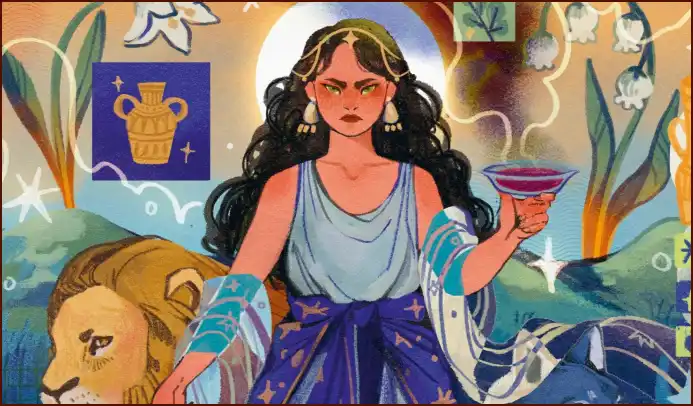Central to the mythology of the great European witch hunts was the concept of the Witches’ Sabbat. This was imagined as a nocturnal gathering where witches were believed to congregate to worship the Devil, perform profane rituals, and engage in all manner of malevolent and orgiastic acts.
Table of Contents
This terrifying image, largely a fabrication of inquisitors and demonologists, was a key element in the confessions extracted from accused witches under torture. While the historical reality of the Sabbat is highly contested, the concept itself reveals the deep-seated fears and anxieties of the society that invented it. In modern witchcraft, the term ‘Sabbat’ has been reclaimed to describe the eight seasonal festivals that mark the turning of the Wheel of the Year.
👹 The Demonic Gathering of the Inquisitors
The idea of the Sabbat as a satanic ritual reached its peak in the 15th to 17th centuries. Demonological texts like the *Malleus Maleficarum* described these gatherings in lurid detail, creating a powerful and terrifying mythology that fueled the witch hunts.
According to these accounts, the Sabbat involved:
- Nocturnal Flight: Witches were said to fly to the Sabbat on broomsticks or demonic beasts after anointing themselves with a magical ointment.
- Devil Worship: The central act of the Sabbat was paying homage to the Devil, who was believed to appear in the form of a black goat or a man with horns.
- Blasphemous Rites: The rituals were described as a perverse inversion of Christian ceremonies, including a black mass and a desecration of the cross.
- Feasting and Orgies: Witches were accused of feasting on unbaptized infants and engaging in indiscriminate sexual orgies.
📜 The Shamanic Hypothesis
Some historians and folklorists, like Carlo Ginzburg, have proposed that the Sabbat myth may have been a distorted interpretation of surviving pre-Christian folk traditions. Ginzburg’s research into the *benandanti* of Friuli—a group of agrarian visionaries who believed their spirits traveled at night to fight evil witches—suggests that a substratum of shamanic-like folk beliefs may have existed in Europe.
According to this theory, the inquisitors, unable to understand these folk traditions, reinterpreted them through a demonic lens, transforming the visionary journeys of the *benandanti* into the satanic flight to the Sabbat.
🌱 The Modern Pagan Sabbats
In modern Paganism and Wicca, the word Sabbat has been entirely stripped of its demonic connotations. It now refers to the eight major festivals that celebrate the cycles of the sun and the changing of the seasons. These holidays are a time for communal celebration, ritual, and reflection on the relationship between humanity and the natural world.
The eight Sabbats include the solstices and equinoxes (Yule, Ostara, Litha, Mabon) and the four cross-quarter festivals (Samhain, Imbolc, Beltane, Lughnasadh). These celebrations are joyous, life-affirming events that stand in stark contrast to the dark fantasies of the witch-hunters.
—
Atkinson, Hazel. The Extraordinary History of Witches. 2025.
More Topics
- Curses: The History of the Evil Eye and Binding Magic
- Magical Plants: A Witch’s Garden of Herbs and Poisons
- Roman Magic: Curses, the Strix, and Everyday Protection
- Circe: The Greek Sorceress of Transformation and Myth
- Greek Magic: Hecate’s Power, Oracles, and Enchantresses
- Japanese Magic: Yōkai, Onmyōdō, and Supernatural Folklore
- Empress Chen Jiao: The Royal Scandal of Witchcraft in Han China

